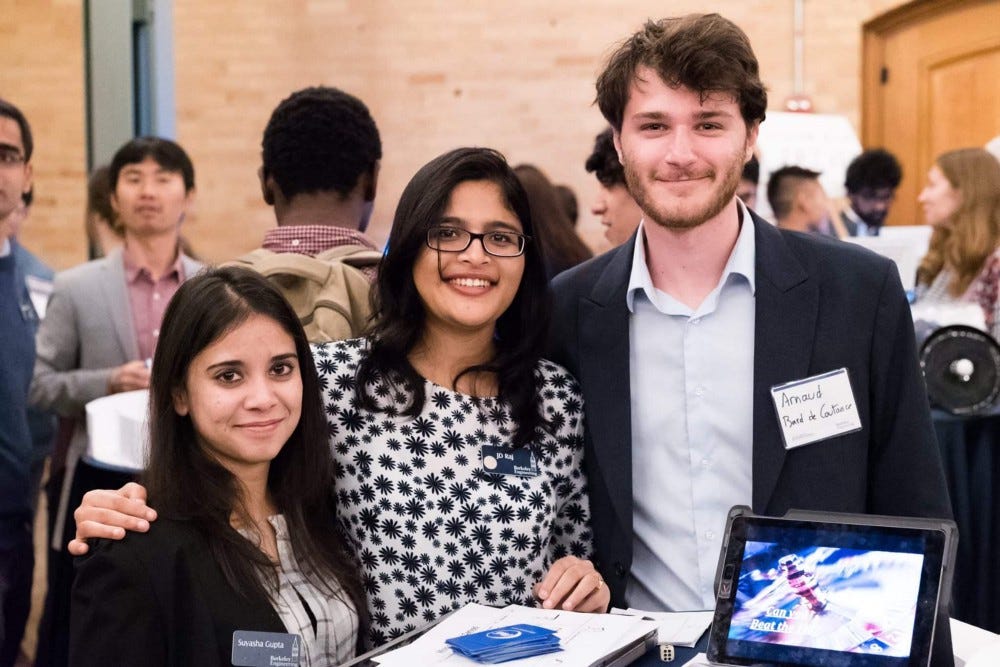By Maya Rector


“The team aims to develop a software to automate and standardize the reporting procedures for influenza cases.”The team has a go-to-market strategy in order to create a customer discovery modified product. This “product” would be easy to connect to diagnostics and hence would make the tracking for influenza cases easy from all over the world. The goal is to make sure that no human intervention is required while reporting the data and hence let people do their “actual job.” Since the product can be connected to wide range of devices, it would be an easy adoption to make for those involved. In order to make their project a reality, the team has to first get permission from the CDC, who are the primary beneficiaries of this product. It is also important that people who have flu like symptoms go to a doctor so that the doctor can run a test and the information can be recorded. This would help CDC track the virus on a real time basis which is important as they not only can use this data to come up with a better seasonal flu vaccine every year but can also use this to find how the virus is evolving in the population and which would help in predicting a pandemic outbreak. The team is employing a Lean launchpad startup methodology for their project, which is a unique approach to alleviating problems in the healthcare field through the use of startups. Ultimately, the group is most concerned with making a social impact, and the idea of doing something good to improve healthcare and help others is what has been keeping them motivated to work on their project. Although the team is on their way to making their goal a reality, they have faced their fair share of obstacles throughout their project. For example, the team has conducted over 70 interviews with industry professionals and experts, and getting interviews in the first place has been hard. It has also been a challenge to find consistent concrete information due to a lack of reported data and information. Additionally, much of the project revolves around being able to contact the CDC, who has to be on board with their product to give them access to the records that will help them bring it to fruition. While the team is comprised of two Bioengineering students, Mechanical Engineering student Arnaud Bard de Coutance also decided to take up the project due to his interest in health even though it is out of his usual mechanical engineering realm. Team member Suyasha Gupta took a course called “Hacking for Impact” that inspired her to make a difference through social impact, and although most of her experience is in conducting lab work and research, she enjoyed that she got to use a “get out of the building and talk to people” strategy in order to conduct interviews and gather information to see where help was needed. The project is close to the hearts of Jasodhara and Suyasha, who are both from India and have seen firsthand how easily preventable health issues can take a negative toll on communities. Because of infectious diseases that spread fast in high-risk countries such as India due to its large population, many lives are lost each year that could have been prevented. The team firmly believes that this problem needs to be addressed in order to assure the health and safety of individuals all over the world, and we’re excited to track their progress to see their hard work pay off and make a difference. Make sure to follow us for future capstone project updates: Facebook | Twitter | Instagram!
Capstone Profile: Designing resiliency for the pandemic flu was originally published in Berkeley Master of Engineering on Medium, where people are continuing the conversation by highlighting and responding to this story.

